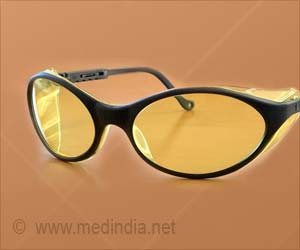Weighted blankets can be used as a safe and effective intervention in the treatment of insomnia patients who also have psychiatric disorders. They experienced improved sleep and reduced insomnia severity.
Highlights:
- Weighted blankets can be used as a safe and effective intervention in the treatment of insomnia
- Participants who used weighted blankets for 4 weeks reported reduced insomnia severity, better sleep maintenance, a higher daytime activity level and reduced symptoms pf fatigue, depression and anxiety
- Participants in the weighted blanket group were 26 times more likely to experience a 50% decrease in their insomnia severity compared to the control group
- After 12 months, 92% of weighted blanket users were responders and 78% were in remission
Insomnia is a sleep disorder where people have trouble falling asleep.
Insomnia can be acute or chronic. Acute insomnia lasts from a night to a few weeks, whereas chronic insomnia can occur at least 3 nights a week for 3 months or more.
Study Details
The study consisted of 120 adults who had been previously diagnosed with clinical insomnia.
The participants also had co-occurring psychiatric disorder such as bipolar disorder, major depressive disorder, generalized anxiety disorder or attention deficit hyperactivity disorder.
Participants were randomly made to sleep at home for four weeks using a chain-weighted blanket or a control blanket.
Participants in the control group slept with a blanket made of a light plastic chain which was 1.5 kilograms.
Insomnia Severity Index (ISI) was used to evaluate the change in insomnia severity and the primary outcome. Wrist actigraphy was used to analyze sleep and daytime activity levels.
Study Findings
After 4 weeks of the study, almost 60% of the chain-weighted blanket group participants had a positive response with a decrease of 50% or more in their Insomnia Severity Index score when compared to 5.4% in the control group.
The weighted blanket participants also reported a significant reduction in the severity of insomnia, a higher daytime activity level, better sleep maintenance and reduced symptoms of anxiety, depression and fatigue.
The weighted blanket participants were also nearly 20 times more likely to achieve remission of their insomnia.
All the participants after 4 weeks of study, were given an option of using the weighted blanket for a 12-month follow-up phase.
The researchers tested four different weighted blankets:
- Two chain blankets – 6 kilograms and 8 kilograms
- Two ball blankets – 6.5 kilograms and 7 kilograms
Participants who shifted from the control group to the weighted blanket group also experienced similar effects as patients who were initially in the weighted blanket group.
After the 12-month follow-up phase, 92% of the weighted blanket participants were responders, and 78% were in remission.
In summary, weighted blankets are a safe and effective intervention in the treatment of insomnia.
Source-Medindia
















